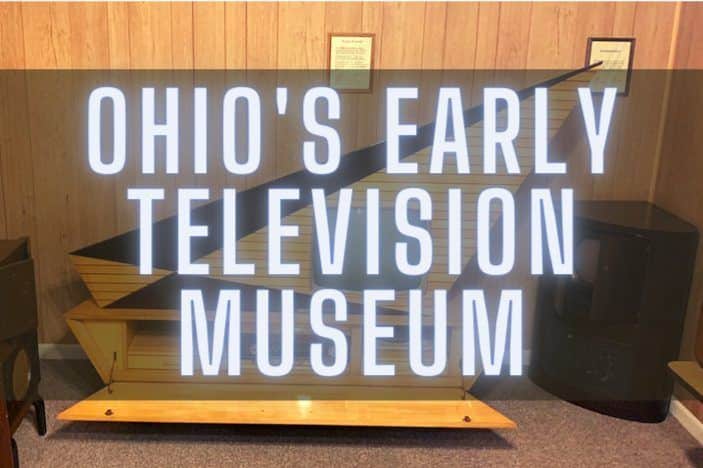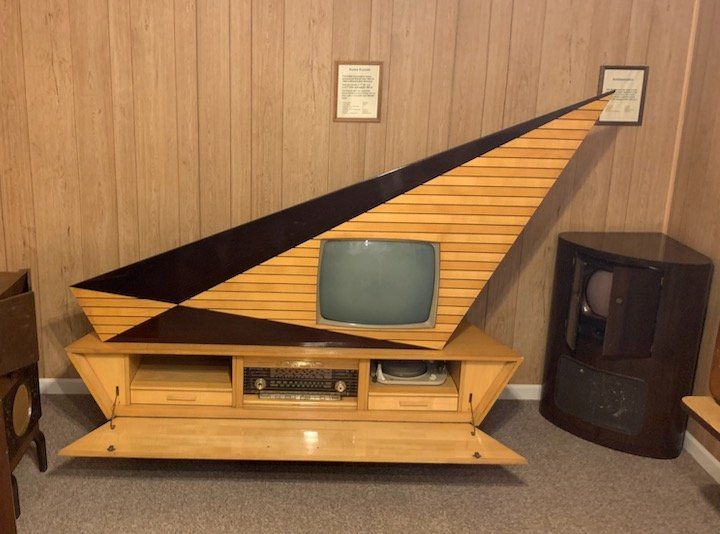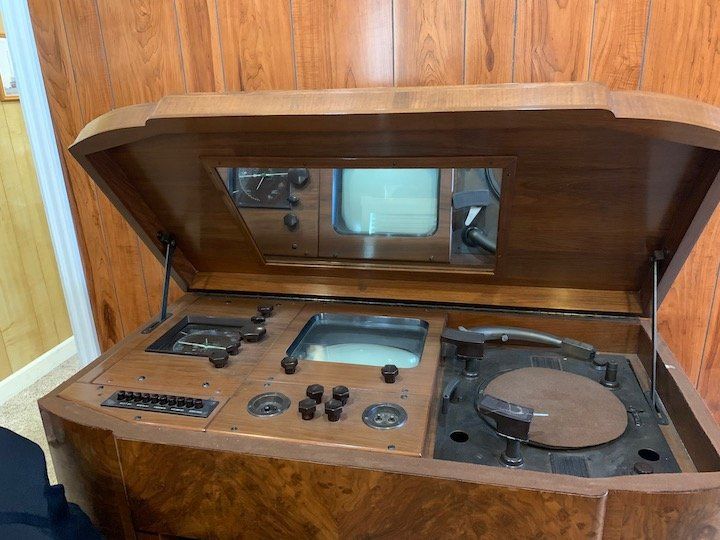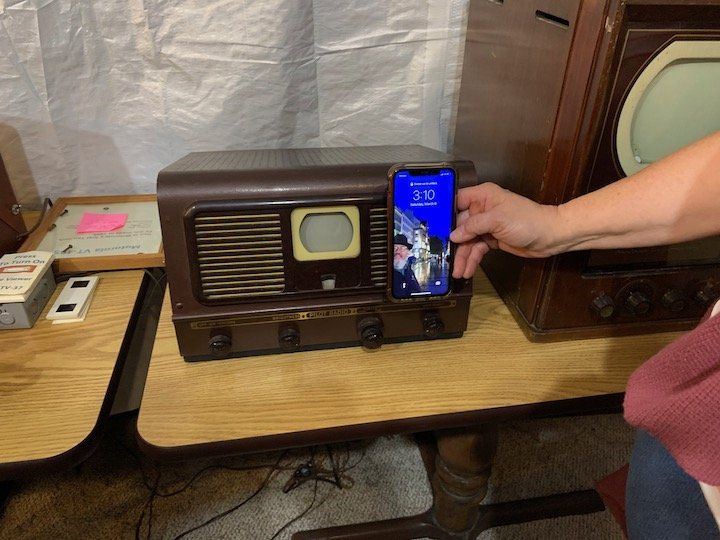Ohio’s Early Television Museum – Off the Beaten Path

Our Off the Beaten Path Reporters Tom & Patti Burkett take us to the unassuming but fascinating Early Television Museum near Columbus, Ohio.
On a backstreet in an ordinary small suburban town in Ohio, there’s a steel commercial building like a dozen others nearby. Except it’s not like them at all.
Walk through the unassuming glass door on the side of the building and you enter a collection unlike any other in the USA. It’s the personal project of Steven McVoy, who used to run the Coaxial Cable network service in the Columbus, Ohio area. McVoy grew up in Gainesville, Florida, and moved back there after attending college at Cornell University.
For a while he worked on voter registration drives with CORE, supporting the vision of the 1965 Voting Rights Act. He even spent some time in jail for his efforts.
To support himself, he opened a television repair shop, Freedom TV, and, while he was at it, helped start a community center to provide after-school activities and tutoring for kids in the neighborhood. Eventually, he became a pioneer in cable TV and settled in Columbus, where his company installed their first major system.

When Steve retired from the cable TV business, he returned to his fascination with televisions as technology and began to amass a collection of early TVs. He traveled to Europe, where early TV was a phenomenon and learned how to rebuild and restore the electronics of these technological dinosaurs. He collected quite a few examples of British and German-made units while he was there.
Early Television Museum
One of the first models you see at the Early Television Museum was made in England in 1938. It’s one of four still in existence. The viewer watches the image in a mirror because the picture tubes were considered too long for horizontal mounting.
Its selling price would be about thirteen thousand dollars today. We thought about that when looking at the first “popular priced” model, made by the Pilot Radio Corporation in 1937. The screen is about a quarter the size of a smartphone screen, and users frequently put a cloth over their heads and the TV to watch because the picture was so dim.

We got some education as we made our way around the compact but well-laid-out displays.
Did you know early TV was broadcast on the AM radio band? The audio was separate from the video, so you needed both a radio and a TV receiver to get the whole show. And early color televisions worked by spinning a disc or drum made up with red, green, and blue segments in front of a black and white picture to ‘colorize’ it. Amazing.

From Bauhaus-style entertainment centers to video jukeboxes that play sports highlights and comedy sketches, you will be amazed. All you have to do is look for it, out here off the beaten path.
The Early Television Museum is in Hilliard, Ohio in the northwest suburbs of Columbus.
 Ready to Plan an RV Trip? Here's the tool we use:
Ready to Plan an RV Trip? Here's the tool we use:
Planning an RV Trip has never been easier than with RV TripWizard. It is a comprehensive tool that Jennifer and I use whenever we are planning a trip. It works seamlessly with all our devices and gives us access to the info we need on where to stop, what camping is nearby and what we should do in an area.
Best of all, you can try it for free to see how it will fit into your trip planning process.

In the mid-90’s I created a coaxial cable switchboard that I’d hate to throw out. I’d like to donate it to someone who’d have interest in it. It had the ability to record and play back to, and isolate numerous cable-ready devices (i.e. TV, video games, VCRs, etc.). Please let me know if you’d like to receive this device for display.
Hi Lynn! We suggest contacting the Early Television Museum directly – definitely worth asking! Team RV Lifestyle
I remember our first TV, it was a Dumont. There used to be a Dumont television network in the early days of TV. Looks like another museum to put on my list.